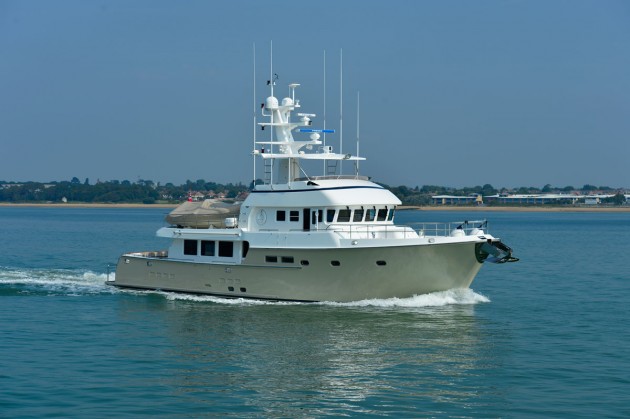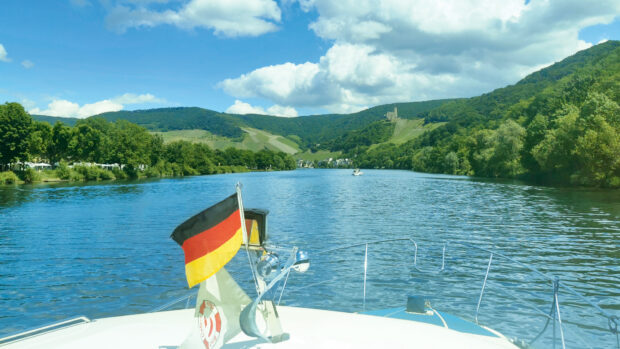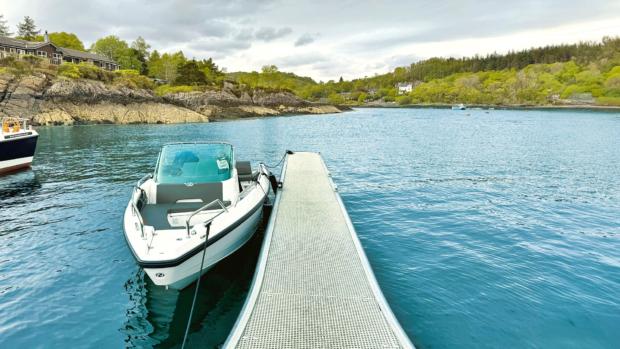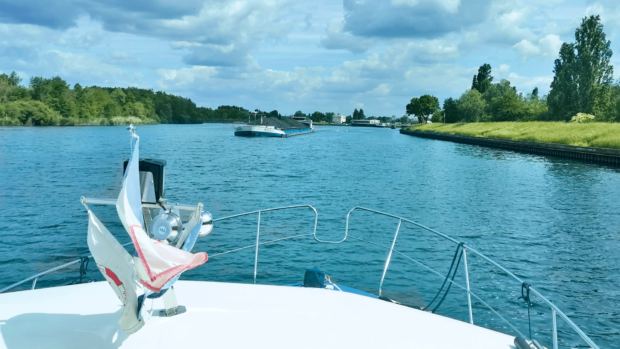The pleasure of the journey is just as important as the destination, argues Peter Cumberlidge in the first of a new series on cruising styles
I’m a long time fan of displacement cruising, which covers a multitude of boat designs and styles. Converted motor fishing vessels (MFVs) were my first experiences and there are still plenty around.
Strongly built with deep keels and high bows, their forte is being able to stay safely at sea in bad weather.
With a single slow-turning engine, large prop and huge fuel tank, a genuine MFV yacht can ‘heave-to’ if necessary, chugging slowly into heavy seas at a slight angle until conditions ease.
While many designers have drawn on the MFV concept, few contemporary ‘trawler yachts’ bear any resemblance to fishing vessels and hardly any are slow.
Nordhavn provides the closest modern equivalent in terms of sea-keeping and range. They were conceived as small ocean-going ships, which an experienced couple could cruise round the world and liveaboard comfortably for long periods.
All Nordhavns have a safe range of around 3,000nm at speeds from 7-81⁄2 knots depending on hull length.
Aesthetically, slow cruising is quieter, less manic and somehow more in tune with the natural rhythms of the sea.
Heading offshore in a displacement boat is a gradual, quite soothing process, giving you time to gaze around and take stock of the weather and likely conditions further out.
It’s also easier to adjust to the sometimes very striking contrast between being on dry land and bobbing about on the briny.
With 25-knot passages you are often chasing to get somewhere before the weather changes or a marina gate shuts.
But cruising offshore at 7 or 8 knots, your progress is judged by different values and you are, quite simply, at sea, savouring the wide horizons.
The easy, predictable motion of a slow boat at sea helps tune out the clamour of life ashore, and on longer passages the simple pleasures of just being under way can replace any eagerness to get somewhere else.
Life on board on classic motor yacht Chico
My wife Jane and I love to cruise aboard comfortable classic motor yachts and one of our favourites is Chico, a 73ft GL Watson design built in 1932 by James N Miller and Son.
This elegant little ship is powered by two 120hp 6LXB Gardner diesels and has a range of about 1,700nm.
Her owners, Gus Geddes and Sue Maclachlan (pictured below), live in Edinburgh but keep Chico on Scotland’s beautiful West Coast.
 Although Chico can sleep ten in five cabins, she is easily handled by a couple who know the ropes.
Although Chico can sleep ten in five cabins, she is easily handled by a couple who know the ropes.
Gus and Sue run holiday charters around the Scottish islands, but they also enjoy cruising by themselves in a relaxed, civilised style.
At her normal 7-8 knots, Chico is quiet and restful under way. The Gardners murmur far below, almost inaudible on deck.
The wheelhouse feels like a proper ship’s bridge, where the skipper can ponder charts and pilot books in peace.
At 80 tonnes Chico is too heavy for most pontoons, but Scotland has countless quiet, sheltered anchorages to choose from.
As Gus told me: “Anchoring is easy with a good windlass, plenty of cable and an anchor we trust. We have a large fridge and deep-freeze, a good generator, over 2,000 litres of fresh water and a decent wine cellar.
“We don’t need to restock too often and the views from the saloon in a Scottish sea loch are out of this world.”
Sue said that Chico’s cruises include plenty of shore time: “There are so many places to explore off the West Coast.
“We usually cruise for a couple of hours in the morning, anchor for lunch and then go ashore for a walk before setting off for our overnight anchorage.”
Favourite harbour: Tobermory, Isle of Mull
Favourite anchorage: Cragaig Bay, Isle of Ulva
Golden cruising rules: “We always go with the tide. Flexibility is also crucial – be prepared to change plans if the forecast isn’t suitable. Our anchor is always down in good time for drinks before dinner!”












